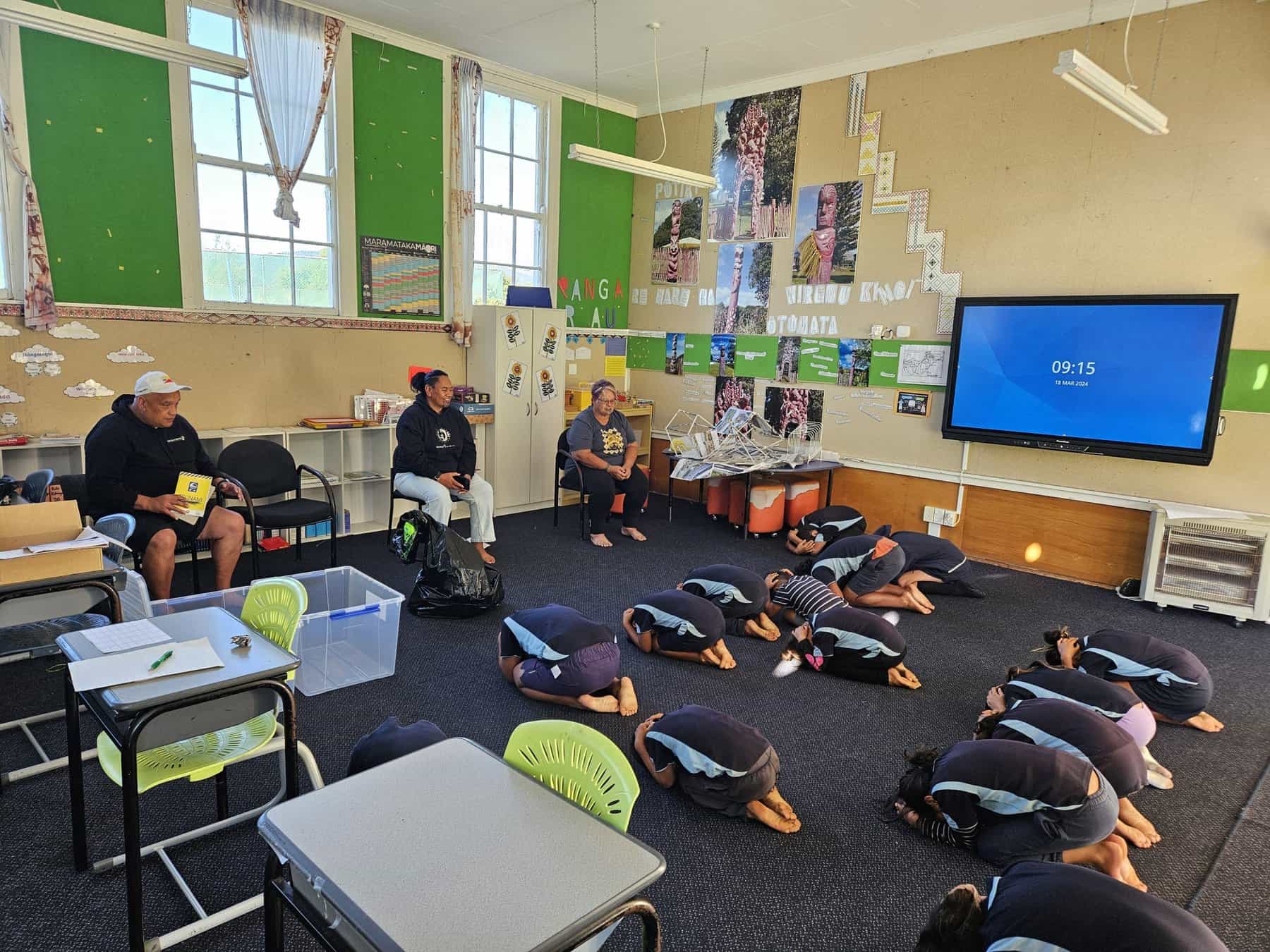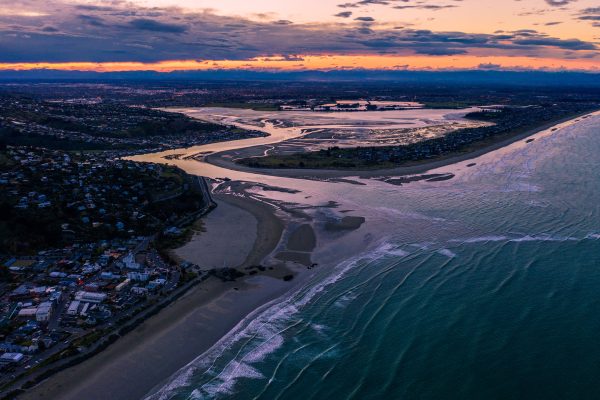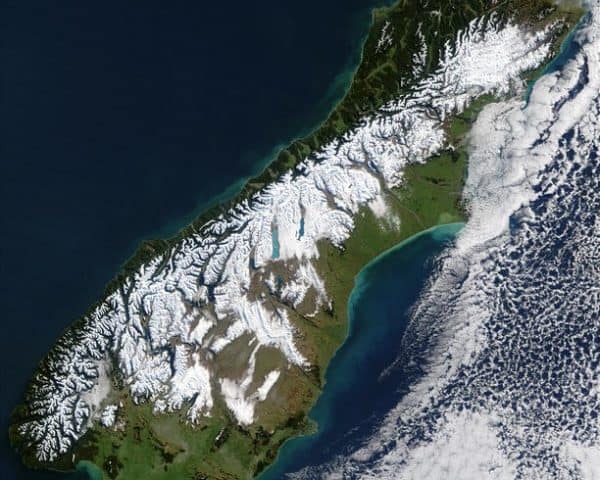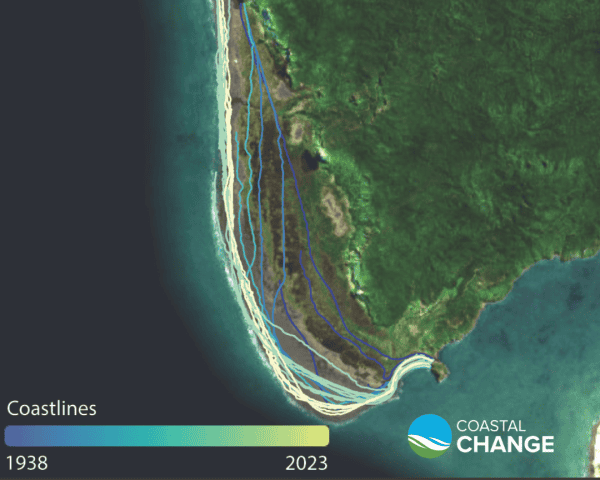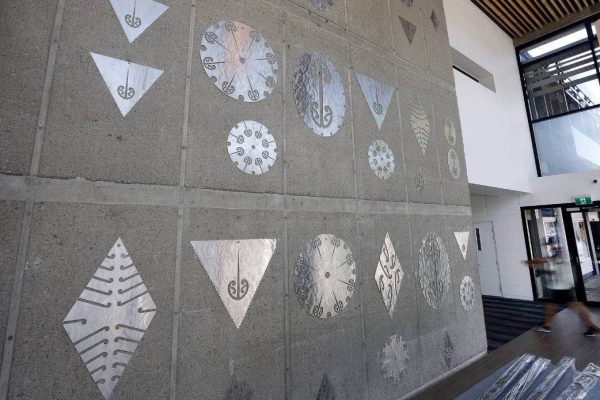Dr Suzanne Phibbs (Kāi Tahu, Kāti Māmoe, Waitaha) of Massey University has been working with hapū-based researchers from the Ngāti Raukawa Northern Marae Collective as they collate their knowledges and experiences of natural hazards in a resilience planning process. The plans capture knowledge of the local hazardscape, historical pūrākau (stories) regarding hazard risks and mitigations, as well as collective strengths, assets, aspirations and issues. The Collective (including Ngāti Apa-Ngāwairiki, Raukawa northern hapū, and Ngāti Hauiti-Mokai Patea hapū) were heavily involved in rolling out the Covid-19 response, so learnings and actions have been documented to guide future pandemic response planning.
There are few examples of hapū resilience plans, which is why researchers have been documenting the process. One of the goals of the project has been to include these plans in Iwi Hapū Management Plans so they are recognised by local authorities. A final hui-a-wānanga was held at Parewahawaha marae in July 2024. The plans are now being finalised as part of a PhD thesis by Robbie Richardson (Ngāti Raukawa). Building local research capability has been an important part of the project’s impact.
Scion researchers led by Sylvia Tapuke are working with Ngāti Kōhua, Friends of Te Wairoa (a catchment care group), and the wider Clevedon community, to reduce flood risk from Te Wairoa and restore the mauri of the awa. The river, which has its headwaters in the Hunua ranges and flows into the Hauraki Gulf, is very special to Ngāti Kōhua. Modifications to the awa, including pest plants, willows, dams, farming and residential development have changed the flow of the river. The awa is flooding more often and this is having significant impacts on the surrounding rural community.
The project team is exploring ways to reduce flooding hazard and improve the health and mauri of the awa through riparian planting, education, and pest control. Researchers have developed a framework to guide the project, collated datasets, and provided hazard analysis and mapping to inform the process. This is an inspiring example of community connection and action, and has been captured in a video so community partners can tell their stories.
Researchers from our Building Resilient Futures team have worked closely with partners such as NEMA, the Natural Hazards Commission Toka Tū Ake, iwi and hapū, aligned programmes such as AF8 and East Coast LAB, and schools and community groups in Tairawhiti, Wellington, Bay of Plenty, and Canterbury. Their goal has been to understand public and community education needs, and undertake research to meet those needs. The team has undertaken research on multi-hazard risk perceptions, how people interpret and act upon risks and warnings, and their responses to earthquake and tsunami events. Results from the team have fed directly into the development and refinement of national public education strategies and initiatives (through NEMA and the Natural Hazards Commission Toka Tū Ake), including the ShakeOut drill and tsunami hīkoi.
This year Dr Emma Hudson-Doyle of Massey University and Dr Charlotte Brown of Resilient Organisations (and our Multi-hazard Risk team), contributed expertise on best-practice communication of hazard and risk information as MBIE developed seismic guidance for engineers, building owners and tenants. An example of this collaboration is MBIE’s Seismic Risk Resource For Commercial Building Tenants, published in April 2024.
Public outreach and education has also been a significant feature of our ‘Smart Resilient Communities’ team within the Urban programme. Prof David Johnston and Kelvin Tapuke of the Joint Centre for Disaster Research at Massey University have developed strong relationships with kura and school communities in the Tairāwhiti region, to build local resilience to tsunami hazard.
The Tūeke 35 (Tsunami Care Bags) initiative was a collaboration between the researchers, eight kura / schools in Tairāwhiti and eastern Bay of Plenty, and the wider hapū communities. The initiative was sparked by stories of students being stuck at evacuation points for long hours without activities following the national tsunami evacuation warnings on March 5, 2021. In September 2023, students aged 5 – 17 began the project to develop care bags for use at evacuation centres, with both Te Reo Māori and English as mediums of instruction. Participating kura / schools are located near the coast, from Tōrere and Te Kaha, through to Tokomaru Bay and Tolaga Bay.
Between 18 – 22 March 2024, as part of a visit from the researchers, the students collated the resources (which include board games, playing cards, colouring pencils, colouring books, toys, drink bottles, and torches) and packed them into 90-litre plastic containers to be stored at community evacuation centres.
Featured image: Tamariki at Te Kura ā-Iwi o Torere practicing ‘taka, uhi, mau tonu’ (drop, cover, hold) nā Cassino Akuhata, Ngāti Haka-Patuheuheu. Overseen by Kelvin Tapuke, Massey University, Wency Rewi – Tumuaki, Te Kura ā-Iwi o Torere and Elsa Kupa – Kaiako, Te Kura ā-Iwi o Torere. Photo credit: David Johnston, March 2024.
